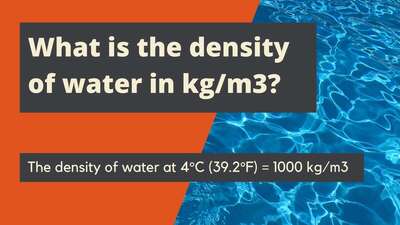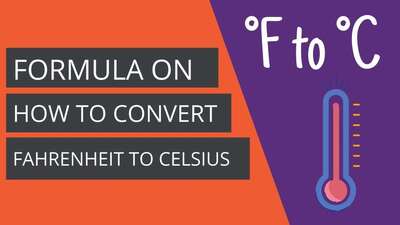Force Converter
The force – this term you commonly see, but probably in not the context of physics. In this article we are going to focus on the force from the scientific standpoint. So if you need to make the force conversion, you are in the right place. We will show you the force converter, which will change your force calculations once and for all. Do you want to know more? So keep reading.
What are we going to tell you in this article? First, we want to tell you a little about the force. It means, we are going to explain to you what it is, what the units of force are and give you some examples from everyday life. Second, we want to show you our force converter. We promise, with this tool the force conversion will be effortless and take just a few seconds. Third, we want to show you an example calculated with the use of our force converter. It is commonly known that the practice is the best way to learn. That’s why we decided to add this part to our article.
So if you know what you will find here, we can start now. First things first, let’s move on to the theory. Why? Because the theoretical information is necessary to make the force conversion properly.
So what is the force exactly? You probably know what’s going on, but do you know how to define the force? Simply put, the force is any interaction which will change the motion of a particular object. In other words, we can say that the force is energy or strength which is responsible for physical action or movement.
Do you still not understand this term? Don’t worry. Have a look at these examples. First, if you want to raise your glass, you need to use a particular force to do it. Second, if you want to push the bookshelf, you also need to use a particular force to do it. Of course, in this case greater than in the case of glass. We are sure that now it is clearer. Are we right?
The force has its own symbol. It is ‘F’. The force can be defined by the use of the equation. It looks as follows:
- F = m*a
What do these symbols mean? The ‘m’ is a mass. That it means how much something or somebody at which the force acts weighs. Then, the ‘a’ is an acceleration. It means the rate of change of the velocity of an object per unit of time.
To define the force is used mostly one unit – the Newton. It is, like many of the base units of other kinds of measurements, the unit which comes from the International System of Units (in abbreviation SI). The symbol of this unit is ‘N’.
A little tidbit – the name of this unit was established to honour Issac Newton. Thanks to him we know nowadays the classical mechanics with 3 laws, commonly known as Newton’s laws of motion.
Newton is defined as: „the force needed to accelerate one kilogram of mass at the rate of one metre per second squared in the direction of the applied force”. The equation for this unit looks as follows:
- 1 N = kg * m / s2
The symbols of this equation are: ‘kg’ – the kilogram, ‘m’ – the meter, ‘s’ – second.
Of course, Newton is not the only one unit of force. It is also possible to distinguish Dyne, pound-force or kilogram-force and a few others. Have a look at a little comparison of these 3 units and Newton:
- 1 Dyne = 10-5 N;
- 1 pound-force = 4.448222 N;
- 1 kilogram-force = 9.80665 N.
The most theoretical part of our article is done. So now we are going to show you an amazing solution to make any force conversion quickly and easily – the force converter.
Force converter – how it will help you
As you could see, there is more than one unit of force and they are totally different. It could be problematic, for instance, to calculate 46 pounds-force to Newtons on your own. Why? Because you will have to multiply two numbers – first quite huge and second with many decimal places. Fortunately, there is an easier way to make the force conversion like this. Without any effort and in just a few seconds.
This way is using our force converter. It is an online calculator, fully automatized. It contains all units of force with all formulas. So you can make any force conversion you want, without need to know the formula on your own. Thanks to the special, very precise algorithm you will also have the guarantee that the result obtained is correct. And the third thing which we want to emphasize: this algorithm can make any force conversion in less than a second. It is time which our force converter needs to give you the result.
So sum up – what do we give to you? The force converter which:
- Is equipped with all units of force with formulas,
- Always give the accurate results;
- Calculate the results in less than a second.
We want to add one more thing – you can use the force converter for totally free, wherever you are and whenever you need. You just need a device (smartphone, tablet, laptop, etc.) with an Internet connection.
Force converter – see how it works in practice
You know how our force converter will help you, now it is time to see how it works in practice. Let’s make a quick conversion, for instance, 60 Newtons to pounds-force. How to make it?
You need to:
- Enter 60 as a number which you want to calculate.
- Pick Newton as a unit of force which you want to convert.
- Pick the pounds-force as a unit of force in which you want to get the result.
After these 3 simple steps, our force converter will give you the result. So what is 60 Newtons in pounds-force? The answer is as follows: 60 Newtons is equal to 13.488536586 pounds-force.
The force conversion can be problematic and take so long or be totally effortless and take just a few seconds. The choice is obvious, isn’t it? Choose the force converter and make your force conversion easier.









